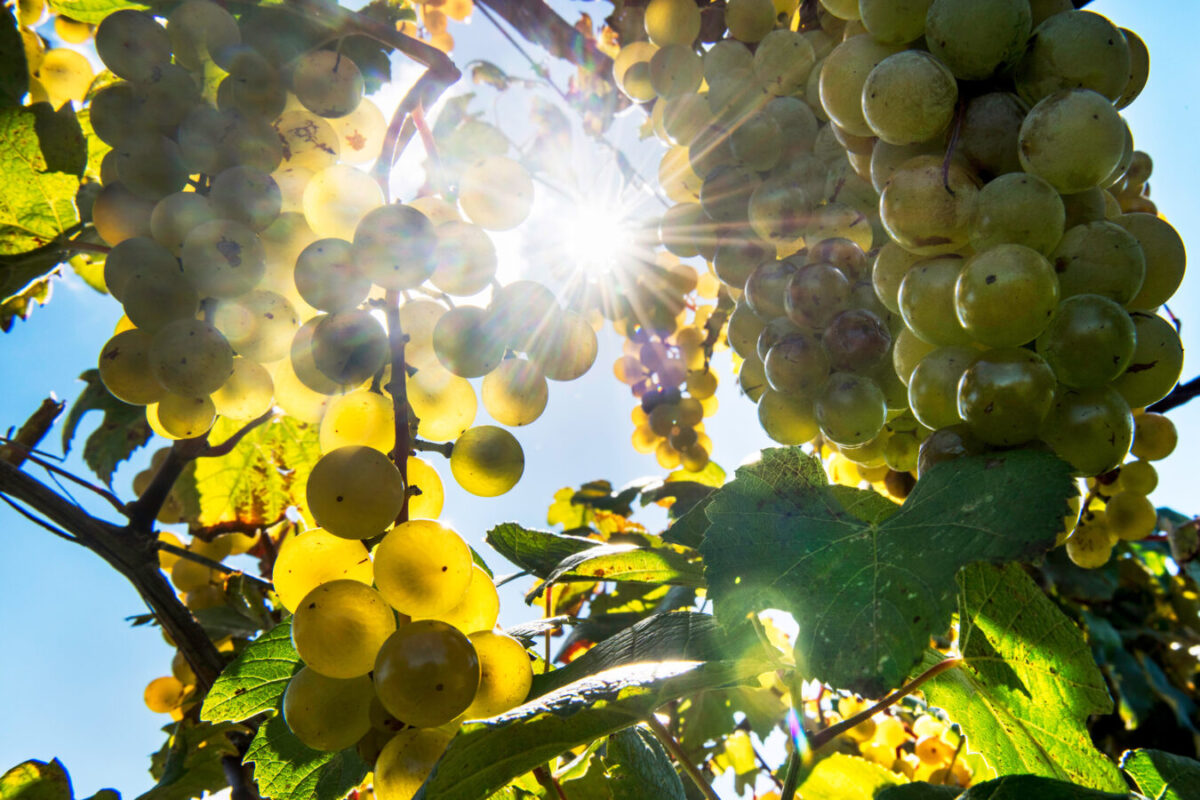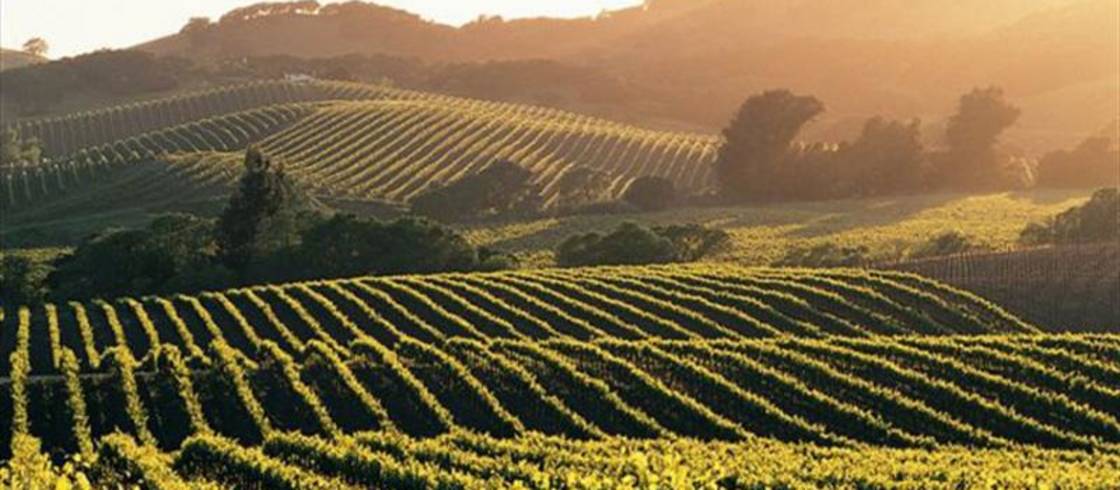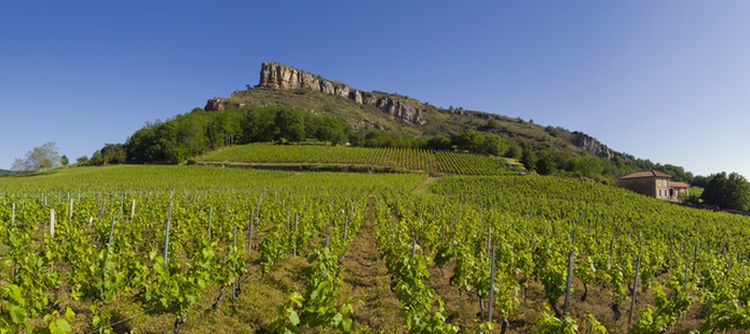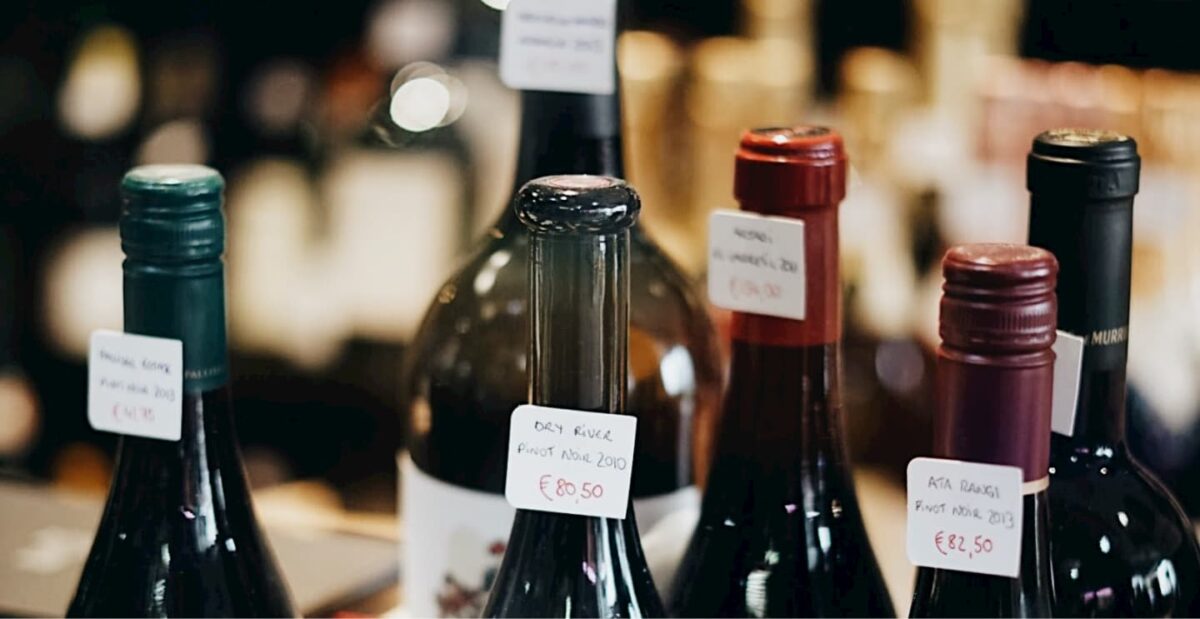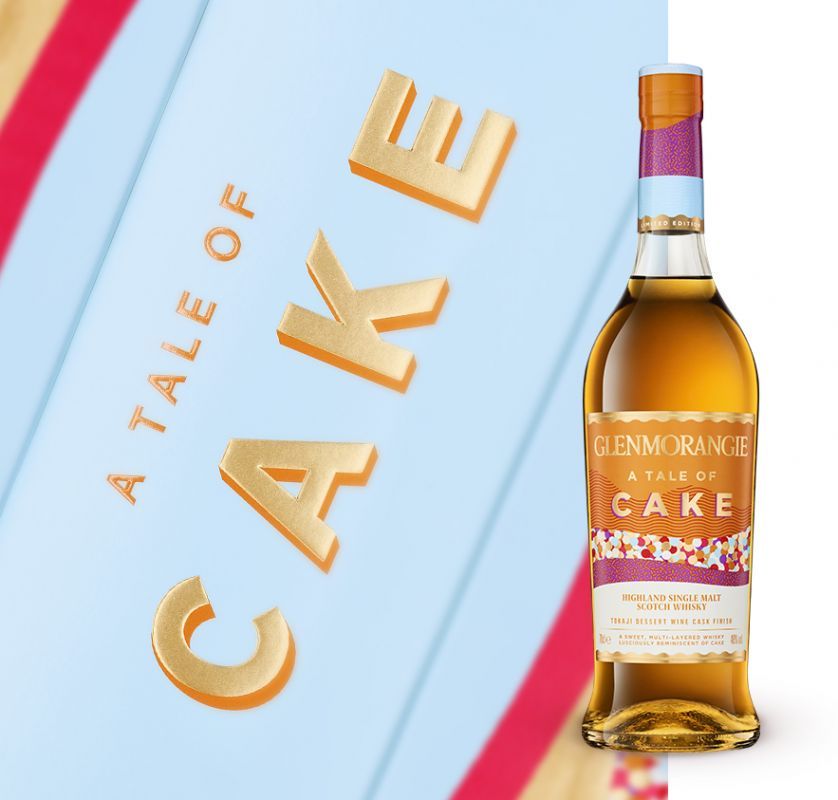At an online conference this week, members of the International Wineries for Climate Action (IWCA) spoke of the need to “be activists” in order to bring about real change in the fight against carbon emissions.
Founded last year by Familia Torres and Jackson Family Wines, the IWCA is a small but growing group of wineries dedicated to ‘de-carbonizing’ the wine industry and combatting the effects of climate change.
Crucially, the group requires its members to commit to actively lowering its carbon emissions. The requirements upon joining are:
A complete end-to-end (through Scopes 1-3) Greenhouse Gas emissions inventory (which must be completed six months after joining).
At least 20% of power generated through on-site renewable energy.
Demonstrate a reduction of at least 25% in CO2 emissions for every litre of wine produced after a baseline of emissions has been established.
A commitment to reducing total emissions by 50% by 2030 and ‘climate positive’ by 2050.
Speaking at the conference, Familia Torres’ sustainability manager, Josep-Maria Ribas, explained that all the objectives are, “science based”, to allow members to work towards producing real results in how their companies and wineries operate.
Also speaking was Rob Symington of Symington Family Estates, one of the first wineries to sign up to the IWCA. He said that the big challenge when it came to meaningful change in environmental initiatives was to “avoid greenwashing”.
Not wanting to be criticized and being seen to do something had been the “usual approach” in this area for many years and many sceptics are all too eager to pounce on projects – even good ones – that lack some sort of robustness to their processes.
This is why as well as setting its own goals, Symington said that the family-run group had been, “seeking external frameworks where we’re being held accountable to things we said we would do and that’s the most effective way to avoid falling into the trap of greenwashing”.
And while Symington Family Estates, alongside Torres, Jackson and other members, are able to take control of certain emission hotspots in the vineyards and winery more directly – producing their own energy, cutting energy use, adapting their vineyards to the changing climate, etc – there’s also a strong case for ‘activism’.
As Symington continued: “Over 85% of our emissions are beyond our control – they’re produced by the brandy makers we buy spirit from, glassmakers and transportation and so on,” but, he continued, customers at all points are able to “act as lobbyists to change those emissions from our partners”, and “put positive pressure throughout the chain”.
He added that it sometimes seemed at odd for very traditional wineries to act like activists but countered it was also important to, “stick your neck out and sign up to things like the IWCA. We joined to hold our feet to the fire and to justify the steps we need to take”.
Having goals and being held accountable is vital if not only the structural systems are going to change but the culture behind them that enables those structural systems are going to change too.
But given the challenges and threat posed to vineyards and longstanding family companies by climate change, there is also a (perfectly) legitimate form of “enlightened self-interest” in being a champion for the cause, as Symington admitted.
The IWCA is currently comprised of nine members across the Americas, Europe and Antipodes, with another two apparently close to signing up. Membership is not restricted by size and Ribas added it was currently compiling an emissions calculator that would help smaller wineries be able to join and identify where to focus their efforts to meet the entry requirements without the need to hire expensive consultants.
IWCA website – https://www.iwcawine.org/
Sources: Drinks Business and IWCA

